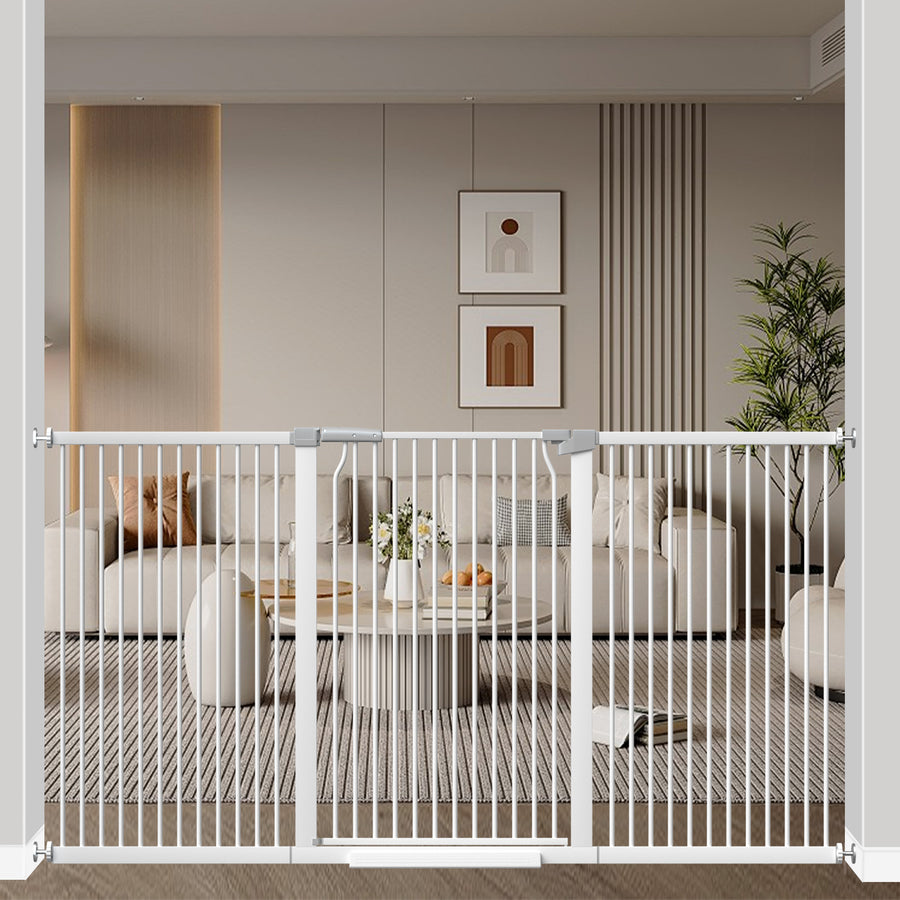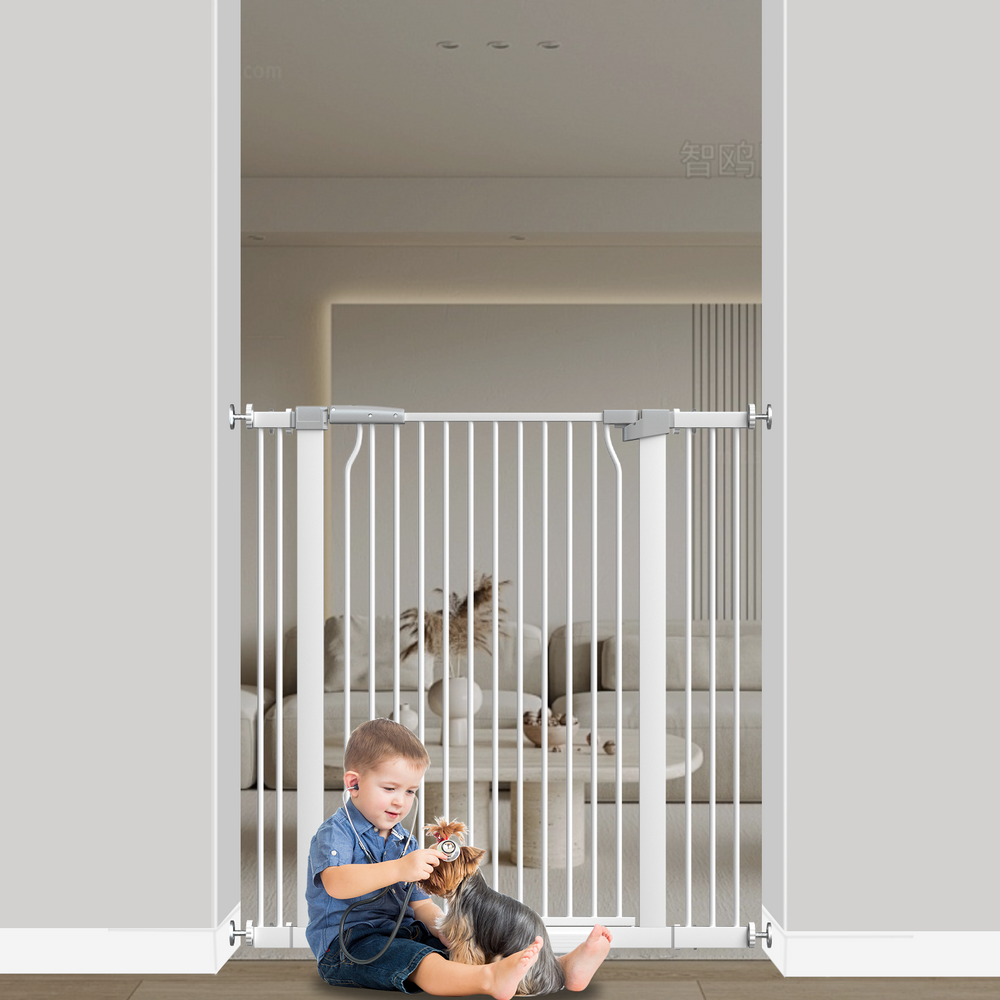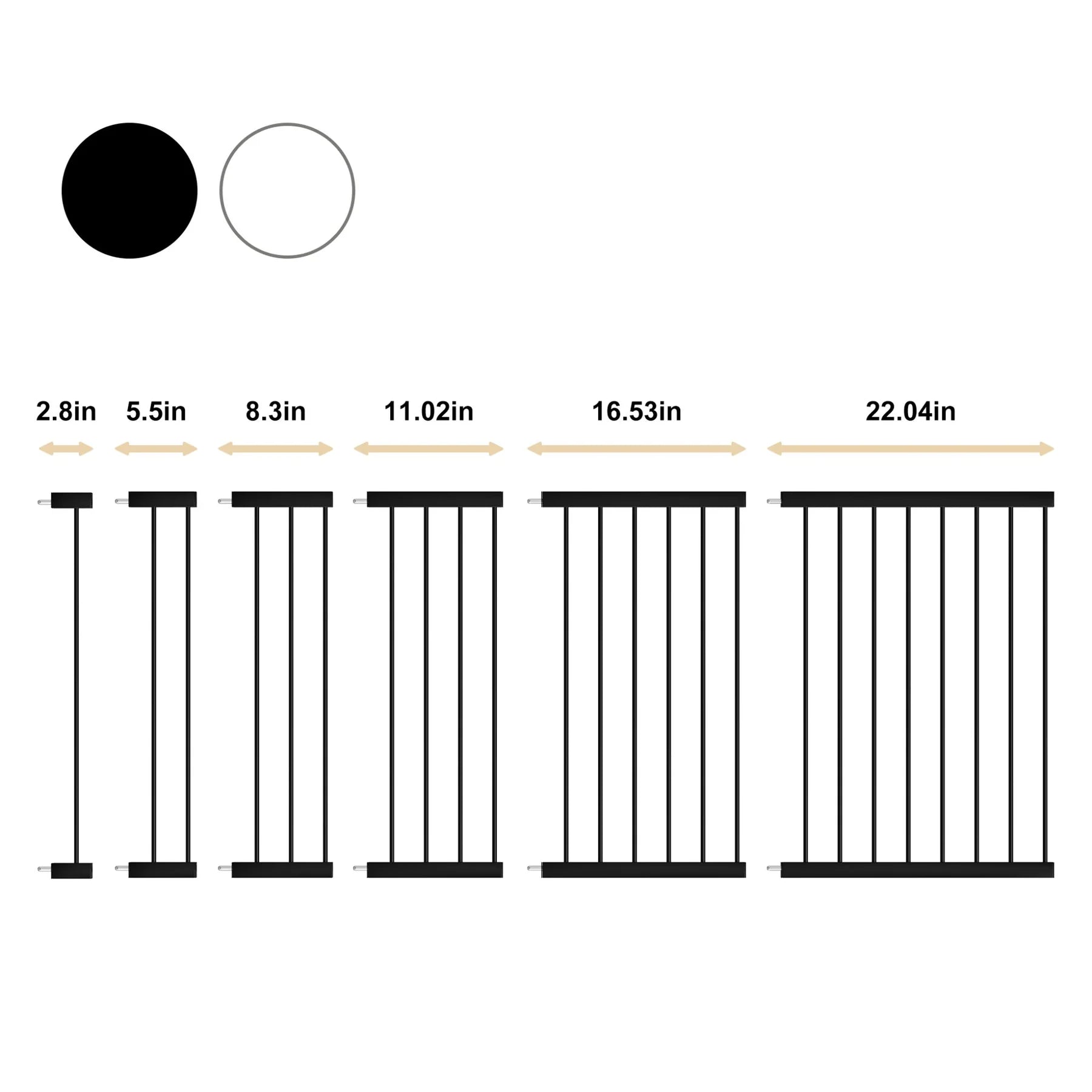How to Manage Cat Separation Anxiety
Cats frequently appear distant, yet they enjoy companionship and can become anxious when left alone. Deciphering their actions, particularly in identifying signs of separation anxiety, can be quite challenging. It's essential to recognize that behaviors like destroying furniture or urinating inappropriately could be more than just unique habits; they might be significant indicators of cat separation anxiety.
Identifying these signs is crucial in determining if your cat is stressed when alone, and this guide will help you in recognizing these signs and finding ways to alleviate their anxiety. Let's delve in and explore how to keep your feline companion happy and peaceful!
Here's a look at some key indicators of cat separation anxiety:
- Loud and frequent meowing
- Using places other than the litter box for bathroom needs
- Destructive actions, like scratching or tearing items
- Altered eating habits
- Vomiting
- Over-grooming themselves
- Overly enthusiastic greetings or reactions to departures and returns
- Aggressive behaviors during your departures and arrivals
- Attempts to flee as you leave
These behaviors could point to separation anxiety if they occur primarily when your cat is alone or when a favorite family member is absent. However, it's important to remember that cats are intricate beings. Such behaviors could stem from various causes, ranging from simple boredom to more serious health issues. It's often wise to first rule out any medical causes with your veterinarian.
Once health concerns are ruled out, observe whether these behaviors are exclusive to times when you're not around or preparing to leave. If they continue even when you're present, the issue might not be related to your absence. Conversely, if there's a clear pattern linked to your departure, separation anxiety could be the cause. Monitoring your cat with a pet camera during your absence can provide valuable insights.
Still unsure? Consult a professional. Reach out to a vet, an applied animal behaviorist, or a board-certified veterinary behaviorist. Ensure they're certified by recognized bodies like the American College of Veterinary Behaviorists or the Animal Behavior Society, both of which offer directories to locate qualified professionals.
Factors Contributing to Feline Separation Anxiety
Several elements can trigger separation anxiety in cats:
- Fear of loud noises
- Lack of stimulation (such as playtime, exercise, or bonding)
- Traumatic events during their socialization phase (2 to 8 weeks old), often seen in cats orphaned or weaned prematurely
- Major changes in routine or environment, like moving houses or getting a new owner
- Possible genetic factors
Every cat is distinct, and the causes of their separation anxiety can vary greatly. Recognizing these signs and understanding the potential causes is the first step in helping your feline companion.
When your cat is dealing with separation anxiety, it's crucial to step in and help them. Here are some stress-relief strategies that can effectively address and alleviate separation anxiety in cats:
Developing a Customized Behavior Modification Plan
Addressing cat separation anxiety effectively often involves behavior modification training, but it's a nuanced process. Start by consulting a veterinary behaviorist who can craft a specific training plan for your cat.
Since each cat's anxiety triggers and behaviors are different, there's no universal solution. Typically, behavior modification involves:
- Gradually increase the time you spend away from your cat, beginning with very short periods.
- Desensitizing your cat to the usual pre-departure cues, like the jingling of keys or putting on shoes. This involves repeatedly doing these actions without actually leaving, so your cat doesn't always associate these sounds and sights with you going away.
It's crucial during this training process that your cat isn't left alone for more than they can tolerate. Continually leaving them alone before they're ready can prevent them from feeling secure. If you can't be at home, consider arranging for a pet sitter your cat is comfortable with to be there during your absence.
Incorporating Calming Pheromone Products
Cats communicate and calm themselves using pheromones, which are natural chemical signals. These can convey various messages, from establishing territory to creating a comforting environment like that of a mother cat with her kittens. Utilizing pheromone sprays or diffusers in your home can help in reducing your cat's anxiety. These products replicate calming pheromones, aiding in creating a more soothing atmosphere for your stressed cat.
When setting up a pheromone diffuser, it's important to choose the location wisely for the best effect. Place it in a room where your cat spends a lot of their time. Ensure it's in an open space, away from potential obstructions like curtains, furniture, shelves, or doors. This placement helps maximize the diffusion of the calming pheromones throughout the room, making it more effective in soothing your cat.
Offering Elevated Spaces with Cat Trees and Perches
Cats naturally gravitate towards higher vantage points, preferring to observe their environment from above rather than the ground. Providing your cat with a cat tree or perches allows them to have a bird's-eye view, which can offer a sense of security when you're not around. When selecting the right cat tree, consider your cat's unique preferences and needs.
For households with multiple cats, adhere to the "plus-one" rule. This means having enough resources like litter boxes, cat trees, and perches for each cat, plus one additional. Distributing these items throughout your home ensures that every cat has access to their own comfortable and safe space. This can be particularly helpful in reducing stress and promoting a sense of safety for each cat, especially in your absence.
Increasing Play and Exploration Time
Cats, being curious and intelligent creatures, thrive on play and exploration. Insufficient mental and physical stimulation can lead to them channeling their excess energy into anxious behaviors. Engaging in active playtime with toys like teaser wands, cat balls, or chasers can be beneficial. This not only provides exercise but also satisfies their need for social interaction, reducing feelings of loneliness or boredom. Plus, it's a delightful experience for both you and your cat!
Introducing your cat to the outdoors in a safe way can also significantly aid cats with separation anxiety. Allowing them to spend time in a secure outdoor playpen or pet gate lets them engage with new sights, smells, and experiences. This not only enriches their environment but also encourages them to focus on independent activities, easing their reliance on your presence. However, it's essential to ensure that any outdoor area they access is entirely enclosed and safe, preventing any risk of them escaping or getting lost.
Consulting Your Vet on Supplements and Medications
For cats experiencing heightened anxiety, calming supplements can be a helpful aid. These often contain ingredients like thiamine, chamomile, and melatonin, designed to ease anxiety from within. While these supplements are typically available without a prescription, it's always wise to consult your veterinarian before introducing any new supplement to your cat's regimen, ensuring it's suitable and safe for them.
In cases of severe anxiety, your vet might suggest anti-anxiety medications as part of a comprehensive treatment plan. It's important to understand that medication is rarely effective as a standalone solution. However, when combined with behavior modification strategies, it can significantly improve your cat's well-being. Discussing this with your veterinarian is crucial. They can guide you through the available options and help you choose the best course of action for your cat's specific needs.






Leave a comment